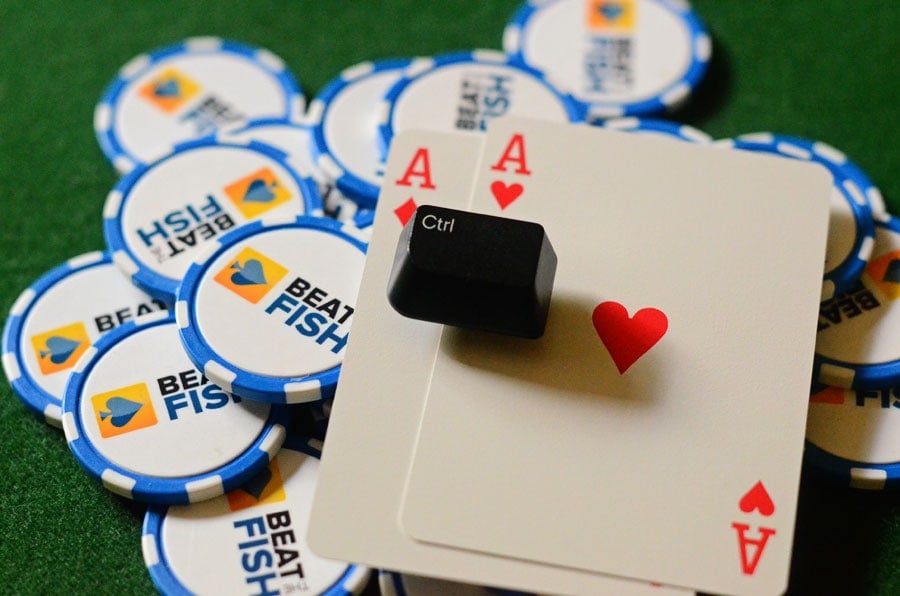
Since card games became popular in modern times, poker has been known as a man’s game. Whether played in saloons or back rooms, men’s gatherings or casinos, women have been a rarity at the tables. For many years, they were made to feel uncomfortable or unwelcome in poker games, and that atmosphere remains in many situations today. While more staff and players have begun to encourage women to play in greater numbers, they remain a glaring minority.
As more people become aware of the frequent sexism displayed at poker tables, there is more of a concerted effort to overcome those antiquated attitudes and present a more welcoming environment. And while men do have a responsibility to stand up against sexism in the game and change the ways in which women have been traditionally treated, women can take charge of many situations as well. Women know that it can be a long and frustrating process to wait for others to do what they can do better.
Therefore, there are several key ways that women can promote change and take control of their own poker experiences.
Take a Stand
Women must begin reporting sexist and harassing behavior in poker situations. There are light-hearted ways to approach various situations by asking offenders to stand down and act more maturely, at the same time enlisting the help of others at the table to support your stance. Should that prove unsuccessful, however, immediately verbalize concerns to the dealer. A lack of a proper handling of a scenario by the dealer can then be taken higher, first to the poker room manager and on to other executives at the casino if necessary. Make sure to insist on being treated with respect and class, and let other players know that this is not an unreasonable request.
Bring Friends
A message is always better heard when delivered in greater numbers. Bring friends – male or female – to the poker room or tournament. Even if playing at different tables, having backup in any effort to stand up against sexism and disrespectful behavior is a powerful way to affect change. One person can be dismissed by the offender, even by management, but a group of people is more difficult to ignore. In the end, it also helps to know that the support is there, even if it is unnecessary.
Use Social Media
When a woman finds sexist behavior to which the perpetrator is unwilling to admit or change, the first step should always be to take complaints to the management of the poker room, casino, or tournament series. But in lieu of a proper response, use social media to call out that behavior and generate support. Social media is a powerful tool, especially for egregious offenses that should be handled by management. Bringing attention to a situation on Twitter, Facebook, or Instagram can turn into a rallying cry for change that will put the management in a position to take a stand for fear of losing business.
Possess Information
Sometimes, people who are confronted with offensive or harassing behavior try to make excuses or dismiss complaints, putting the onus on the victim as a troublemaker. Meanwhile, many other players will hesitate to take a stand or get involved. This is when facts come in very handy. When a woman is able to cite statistics or facts about sexual harassment or sexist behavior, it often takes the offender by surprise and shuts down any attempts to debate the issue. Even better, if it is possible to research specific cases pertaining to gaming, gambling, or the specific casino regarding past instances of women overcoming harassment, that type of information can be very influential.
Teach Other Women to Play
One of the best ways to close the gender gap in poker and create a more equal playing field is to personally participate in bringing more women to the tables. By starting a home game, introducing friends to free-play online poker, or convincing another woman to take a seat in a live cash game for a short time, they will see what an intellectually challenging and stimulating game it can be. Women are no strangers to casinos, bingo games, and other forms of gambling, so pulling them toward poker will not only be good for the game but likely for that woman’s bank account as well.
Everyone needs to play a part in making poker a friendlier and more comfortable place for women. Take those first steps and encourage others to follow. Every step in the right direction is a positive one.




